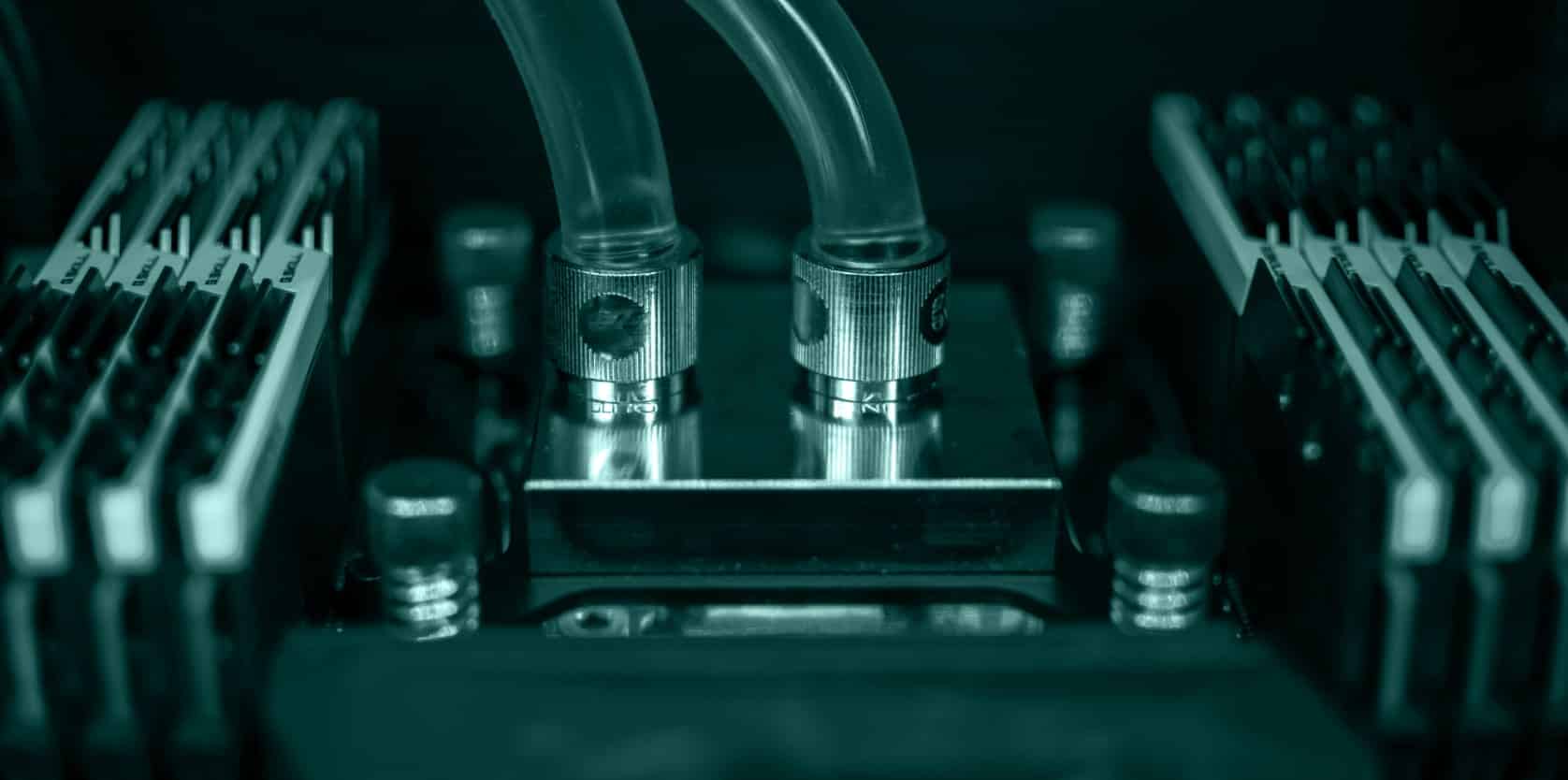The revolution in artificial intelligence and high-performance computing (HPC) is pushing data centers to new limits. Applications such as deep learning, generative AI, and scientific and industrial simulations are increasingly demanding processing power, which in turn generates massive amounts of heat. To address this challenge, NorthC has announced its commitment to immersion and liquid cooling technologies, sustainable and highly efficient solutions to maintain performance and reliability in high-demand environments.
Why AI and HPC Require New Cooling Technologies
The complexity and scale of AI models and HPC workloads are growing at a staggering pace. This leads to significantly higher thermal loads, making cooling a critical factor to prevent performance degradation and ensure operational continuity.
- Extreme Heat Generation: AI workloads can produce up to ten times more heat than traditional servers.
- More Powerful Hardware: Equipment such as NVIDIA DGX B200 GPUs or Google TPUs can reach thermal outputs of up to 700 W per component.
- High Sustained Loads with Intense Peaks: Training models and complex simulations require consistent and stable performance, leaving no room for overheating.
Immersion Cooling: Performance Without Limits
Immersion cooling involves fully submerging servers in a non-conductive liquid. This technique allows for much faster and more uniform heat dissipation than air, achieving stable temperatures even under extreme loads.
Advantages of Immersion Cooling:
- Higher computing density per rack.
- Continuous performance without thermal throttling.
- Greater energy efficiency, reducing overall electrical consumption.
- Possibility of reusing waste heat, as NorthC is already planning in its thermal recovery project in Rotterdam Zestienhoven.
Liquid Cooling: Direct Cooling for Key Components
Liquid cooling uses a system of tubes and cooling plates to absorb heat directly from CPUs and GPUs. It is a flexible solution that can be applied alone or in conjunction with other cooling methods.
Advantages of Liquid Cooling:
- Direct removal of heat from the source.
- Easy integration into existing IT infrastructures.
- Flexibility to combine with air or immersion cooling.
- Lower energy consumption and cost savings in operational expenses.
Key Differences Between Liquid Cooling and Immersion Cooling
Although both technologies use liquids to dissipate heat, there are notable differences:
| Feature | Immersion Cooling | Liquid Cooling |
|---|---|---|
| Cooling Method | Servers submerged in non-conductive liquid | Liquid circulating through tubes and plates in contact with components |
| Integration | Requires complete redesign of infrastructure | Adapts to traditional servers with minimal changes |
| Efficiency | Very high, especially in two-phase systems | High, but depends on pump quality and heat exchanger design |
| Maintenance | More complex, requires hardware removal | Simpler, though requires regular preventive maintenance |
A Sustainable Future for AI Data Centers
The increasing power density of AI and HPC equipment is paving the way for more sustainable and efficient technologies. Immersion and liquid cooling emerge as the most suitable responses to reducing energy consumption and maintaining consistent performance without compromising stability.
NorthC is already preparing for this future. In its Rotterdam region, the company is advancing with facilities adapted for AI, offering scalable capacity, advanced cooling solutions, and the necessary infrastructure for tech companies to grow and tackle the challenges of intensive processing.
With these technological investments, NorthC reaffirms its position as a leader in the sector, combining innovation, sustainability, and commitment to the needs of the most demanding market.

